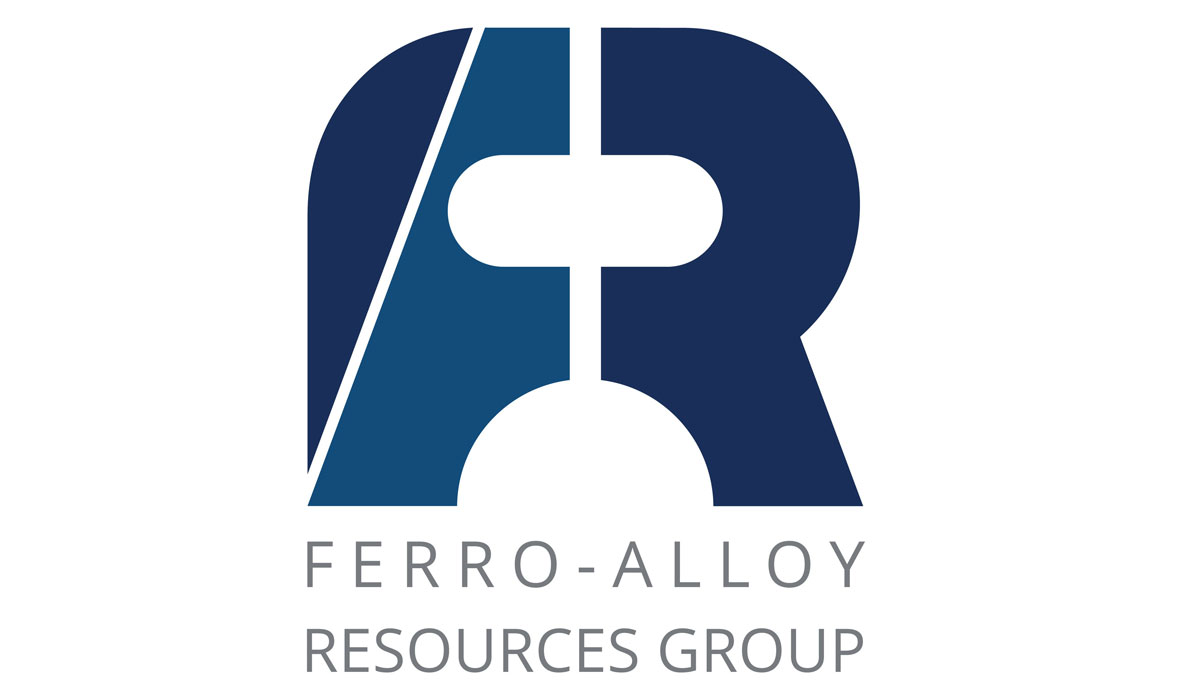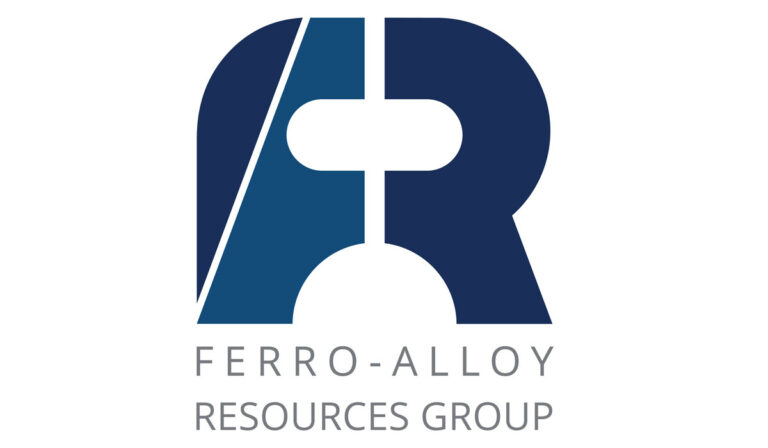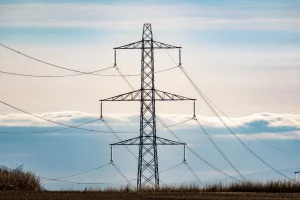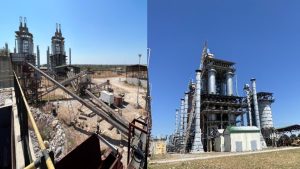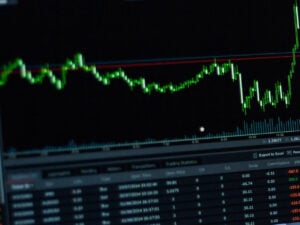Vanadium has started to shift from its traditional steel applications into something far more strategic. Its role in energy storage is no longer speculative, and investor attention is turning toward how supply chains and downstream integration could reshape the opportunity.
Vanadium has long been used to harden steel, with most demand historically linked to construction, automotive, and infrastructure. Over 80% of global supply comes from Russia, China, South Africa and Brazil. Pricing has been tightly correlated to Chinese steel production, leaving little long-term visibility for investors. But that pricing model is now being challenged by a very different end use: large-scale energy storage.
Vanadium redox flow batteries (VRFBs) are emerging as a commercially viable solution for grid storage, offering features that directly address the limitations of lithium-ion. They do not degrade as quickly, are non-flammable, and can scale by simply increasing tank size. The electrolyte used in the battery can be reused indefinitely, which helps de-risk long-term costs. This gives vanadium a unique position among critical minerals, as both supply chain control and storage duration become defining issues for renewable energy rollouts.
Ferro-Alloy Resources Ltd (LON:FAR) is developing the giant Balasausqandiq vanadium deposit in Kyzylordinskaya oblast of southern Kazakhstan. The ore at this deposit is unlike that of nearly all other primary vanadium deposits and is capable of being treated by a much lower cost process.


